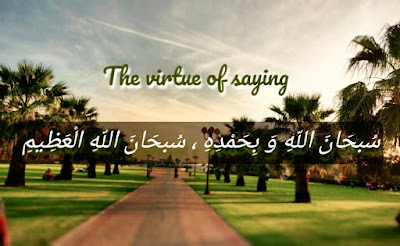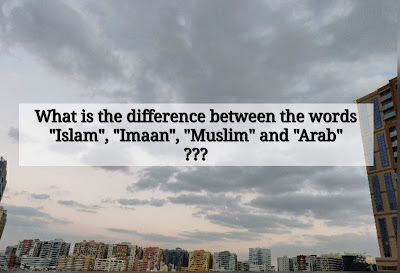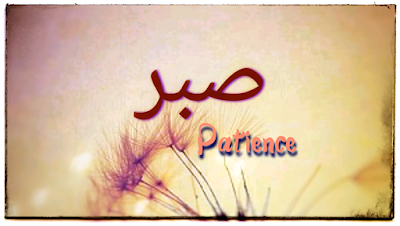What is Kaaba and who built it?
AssalamuAlaikum Brothers and Sisters
The literal meaning of the Arabic word kaʿbah (كَعْبَة) is "cube."
It is also referred to Al-Kaʿbah al-Musharrafah (Arabic: أَلكَعْبَة أَلمُشَرَّفَة, the Holy Ka'bah).
In the province of Hejaz in the western part of Arabia, not far from the Red Sea, there lies the town of Makka. In the center of this town, there is a cuboid stone structure made of granite it's about 60 feet long, 60 feet wide and 60 feet high approximately. Inside the Kaaba, the floor is made of marble and limestone. The interior walls, measuring 13 m (43 ft) by 9 m (30 ft), are clad (clothed ) with tiles, white marble halfway to the roof, with darker trimmings along the floor. The floor of the interior stands about 2.2 m (7.2 ft) above the ground area where tawaf is performed.
It is a building at the center of Muslim's most important mosque, Al-Masjid Al-Ḥarām (Arabic: أَلمَسْجِد أَلحَرَام, The Sacred Mosque), in the Hejazi city of Mecca, Saudi Arabia. It is the most sacred site in Islam. It is considered by Muslims to be the Bayt Allah (Arabic: بَيْت الله, "House of Allah").
Its location determines the Qiblah (Arabic: قِبْلَة, the direction of prayer). Wherever they are in the world, Muslims are expected to face the Kaaba when performing Salah (Arabic: صَلاة, Islamic prayer).
This is Baitullah, the House of Allah. It is sanctity(Holiness) and antiquity are older than history itself.
 |
| OLD PICTURE OF KAABA |
In the Quran, the Kaaba is also mentioned as
Al-Bayt (Arabic: البیت "the house") and bayti (Arabic: بیتی "my house") [2:125, 22:26],
Al-Bayt al-Haram (Arabic: البیت الحرام "The Sacred House") [5:97],
Al-Bayt al-‘atiq (Arabic: البیت العتیق "The Ancient House") [22:29,33], and
Baytika al-muḥarram (Arabic: بیتك المحرم "your inviolable house").
According to some reports, in ancient times, the Kaaba was also called Qaadis (Arabic: القادس "holy") and Naadhir (Arabic: الناذر "dedicated, consecrated").
One of the Five Pillars of Islam requires every Muslim who is able to do so to perform the Hajj (Arabic: حَجّ, Greater Pilgrimage) at least once in their lifetime. Multiple parts of the Hajj require pilgrims to make Tawaf (Arabic: طَوَاف, Circumambulation) seven times around the Kaaba in a counter-clockwise direction. Tawaf is also performed by pilgrims during the ‘Umrah (Arabic: عُمْرة, Lesser Pilgrimage).
However, The Sacred Mosque is the focal point of the Hajj and Umrah pilgrimages that occur in the month of Dhu-al-Hijjah in the Islamic calendar and at any time of the year, respectively. The most significant time is during the Hajj when millions of pilgrims gather to circle the building(Kaaba) within a 5-days period.
The Hajj pilgrimage is one of the Pillars of Islam, required of all able-bodied Muslims who can afford the trip. In recent times, about 1.8 million Muslims perform the Hajj every year.
Corners of the Kaaba :
Al-Ḥajaru al-Aswad, "the Black Stone", is located on the Kaaba's eastern corner.
Its northern corner is known as the Ruknu l-Iraaqi, "the Iraqi corner",
Its western as the Ruknu sh-Shaami, "the Levantine corner/Syria",and
Its southern as Ruknu l-Yamani," the Yemeni corner" taught by Imam Ali RA.
The inside corner, behind a curtain, contains the Babut Taubah, Door of Repentance, which leads to a staircase to the roof. The four corners of the Kaaba roughly point toward the four cardinal directions of the compass.
The Qibla is the direction faced during prayer.[Quran 2:143–144]
Kiswah, the embroidered covering. Kiswa is a black silk and gold curtain which is replaced annually during the Hajj pilgrimage. Two-thirds of the way up is a band of gold-embroidered Quranic text, including the Shahada, the Islamic declaration of faith.
It is draped annually on the 9th day of the month of Dhu-al-Hijjah, the day pilgrims leave for the plains of Mount Arafat during the Hajj.
Every year, the old Kiswa is removed, cut into small pieces, and given to certain individuals, visiting foreign Muslim dignitaries and organizations. In earlier times, Umar bin al-Khattab would cut it into pieces and distribute them among pilgrims who used them as shelter from the heat of Mecca.
Who built the Kaaba :
Historically when Ibrahim was ordered by Allah to build the Shrine for worship over a small he uncovered the original foundations of the Kaaba built by Adam. Ibrahim with the help of his son Ismael erected the new shrine on the same foundations. Originally it contained only four walls without a roof.
The tradition goes that the Kaaba was ordained by Allah to be built in the shape of the House in Heaven called Baitul Ma’amoor. Allah in his infinite Mercy ordained a similar place on earth and Prophet Adam was the first to build this place.
The Bible, in the Chapter of Genesis, describes its building when God ordained Abraham to erect a Shrine (Holy place of worship) when Abraham was ordered to go to the Southern desert with his wife Hagera and infant son Ismael.
Qur’an brought this story into the full light of history.
In Sura 3:90 Qur’an says“Allah has spoken the Truth, therefore follow the creed of Ibrahim, a man of pure faith and no idolater(a person who worships an idol or idols)”.
The first house established for the people was at Makka, a Holy place and guidance to all beings. Qur’an firmly establishes the fact that Ibrahim was the real founder of the Holy Shrine.
When Prophet Ibrahim built the Holy Shrine in Makka, his prayers were that this place should remain a center of worship for all good and pious people, that Allah should keep his family the custodians (a person who has responsibility for taking care of or protecting something) of the Holy place.
At one stage of this destruction of idols, the tallest of the idol Hubbol was brought down after Hazrat Ali had to stand on the shoulders of the Prophet to carry out Allah’s orders.
The Prophet Mohammad SAW was reciting the Verse from the Qur’an:
“Truth hath come and falsehood hath vanished.” (17:81)
This was done in the 8th year of Hijra, January 630 AD after the bloodless victory at Makka by the Prophet of Islam.
JazakAllah Khair







Comments
Post a Comment